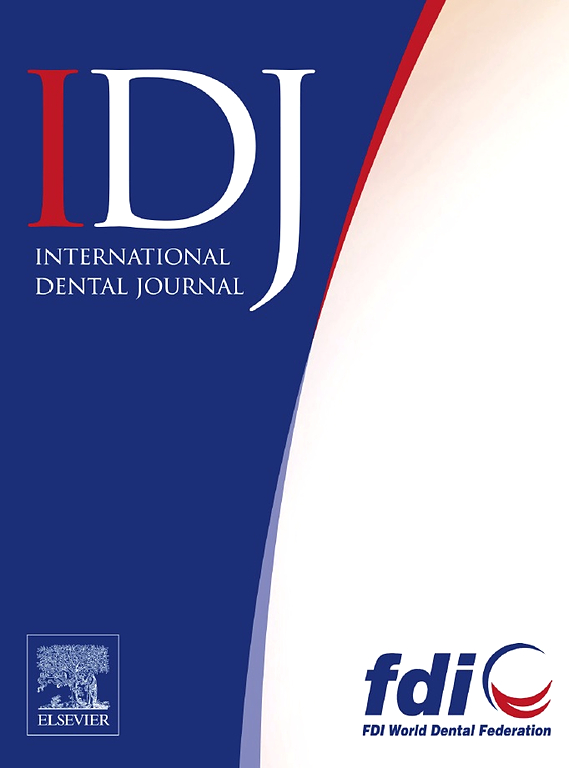Psychometric Assessment of Clinical Factors in Burning Mouth Syndrome Progression
IF 3.7
3区 医学
Q1 DENTISTRY, ORAL SURGERY & MEDICINE
引用次数: 0
Abstract
Objective
This study employed psychometric tools to assess the impact of factors such as age, symptom location, and duration on the improvement in burning mouth syndrome (BMS).
Materials and Methods
A total of 86 women with BMS were divided into 4 groups: laser plus clonazepam (n = 24), sham laser placebo (n = 20), laser only (n = 22), and clonazepam only (n = 20). Symptom severity was measured using the Visual Analog Scale (VAS), while depression and anxiety were evaluated using the Hospital Anxiety and Depression Scale (HADS). Stress levels were assessed using the Perceived Stress Scale (PSS) and somnolence with the Epworth Somnolence Scale (ESS). Questionnaires were completed at baseline, 1 month post-treatment, and at 3 months of follow-up.
Results
Symptom intensity significantly decreased from baseline to study end (P < .001), with minor increases during follow-up. Stress levels also significantly declined (P = .016), while anxiety, depression, and somnolence showed no significant changes (P > .05). Symptom intensity correlated with age (P < .001), and initial anxiety correlated with disease duration (P = .027).
Conclusion
Age, disease duration, and symptom location did not significantly influence symptom improvement, psychological state, or somnolence. Further multidisciplinary research is needed.
灼口综合征进展中临床因素的心理测量评估
目的研究年龄、症状部位、持续时间等因素对灼口综合征(BMS)改善的影响。材料与方法86例BMS女性患者分为激光联合氯硝西泮组(n = 24)、假激光安慰剂组(n = 20)、单纯激光组(n = 22)、单纯氯硝西泮组(n = 20)。使用视觉模拟量表(VAS)测量症状严重程度,使用医院焦虑抑郁量表(HADS)评估抑郁和焦虑。使用感知压力量表(PSS)评估压力水平,使用Epworth嗜睡量表(ESS)评估嗜睡。在基线、治疗后1个月和随访3个月时完成问卷调查。结果从基线到研究结束,症状强度显著降低(P <;.001),随访期间略有增加。应激水平也显著下降(P = 0.016),而焦虑、抑郁和嗜睡无显著变化(P >;. 05)。症状强度与年龄相关(P <;.001),初始焦虑与病程相关(P = .027)。结论年龄、病程、症状部位对症状改善、心理状态、嗜睡无显著影响。需要进一步的多学科研究。
本文章由计算机程序翻译,如有差异,请以英文原文为准。
求助全文
约1分钟内获得全文
求助全文
来源期刊

International dental journal
医学-牙科与口腔外科
CiteScore
4.80
自引率
6.10%
发文量
159
审稿时长
63 days
期刊介绍:
The International Dental Journal features peer-reviewed, scientific articles relevant to international oral health issues, as well as practical, informative articles aimed at clinicians.
 求助内容:
求助内容: 应助结果提醒方式:
应助结果提醒方式:


